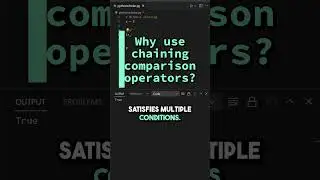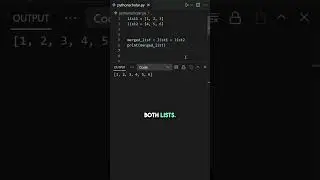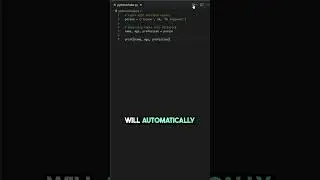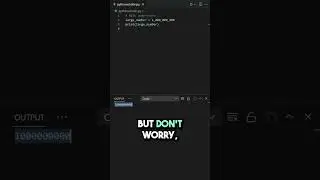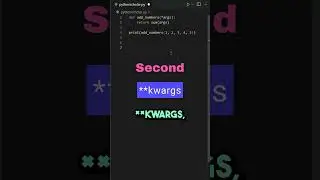Python TUPLE are Tricky
Welcome to this Python tutorial, where we'll demystify an often misunderstood concept: how to instantiate a tuple with a single value. This is a tricky topic, and it's one that frequently confuses newcomers to Python. I've seen many programmers, fresh to the language, assume that putting a single value in parentheses would create a tuple. So, they write (1), expecting a tuple. But Python, always ready to surprise, doesn't interpret it that way. Instead, Python looks at (1) and sees an integer, not a tuple. This might leave some scratching their heads and asking, "How do we create a tuple with just one value then?"
Well, the secret lies in a tiny, seemingly insignificant character - the comma. To create a tuple with a single value, we include a trailing comma after the value. So, when we write (1,), we get a tuple, not an integer. Python uses the comma, not the parentheses, as the defining syntax for tuples. Parentheses mainly exist for improving readability and enforcing the order of operations in more complex expressions. The comma is the unsung hero, the real MVP, when it comes to defining tuples.
Here's an interesting twist you may not have seen coming. Python is so committed to the comma being the tuple-defining syntax that you can drop the parentheses entirely. That's right! 1, is a perfectly valid single-value tuple, even without the parentheses.
Mastering single-value tuples is particularly useful when you're writing functions that need to return a tuple. Initially, your function may return only one value, but what if you want to add more values to the return statement later? If you return it as a tuple from the beginning, you can easily expand the returned data without breaking your existing code.
And there we have it! You've successfully demystified single-value tuples in Python. Give yourself a pat on the back because mastering these small but crucial aspects of a language is a significant step in your programming journey. Python is full of these exciting quirks and features that, once understood, make programming a joyous endeavor. Keep going, keep exploring, and keep leveling up your Python game. You're doing fantastic!



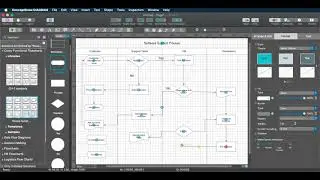

![|СОВМЕСТКА| Это любовь в одно касание... [with Ohiko Tyan]](https://images.videosashka.com/watch/inx2Welh5M0)





